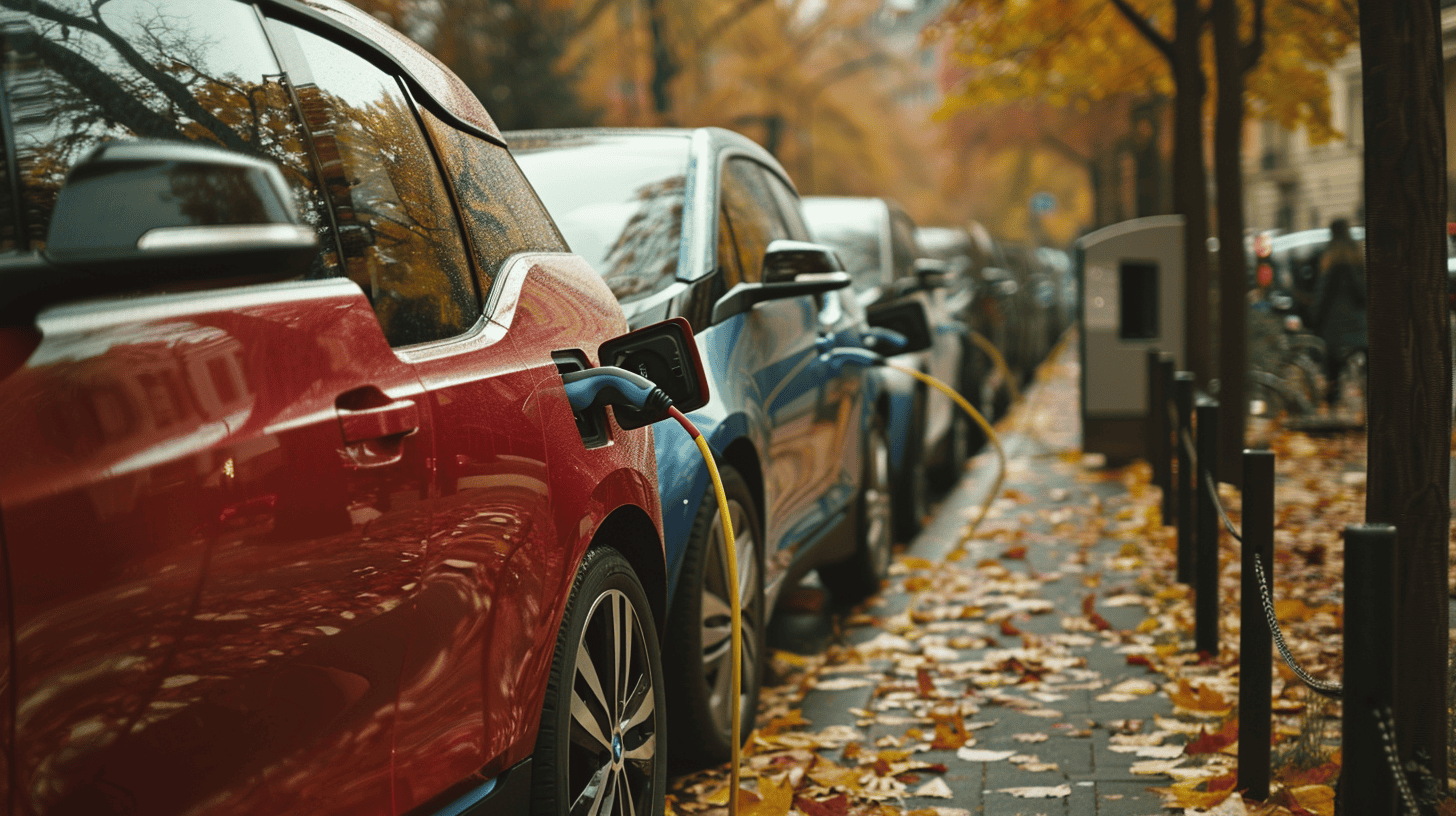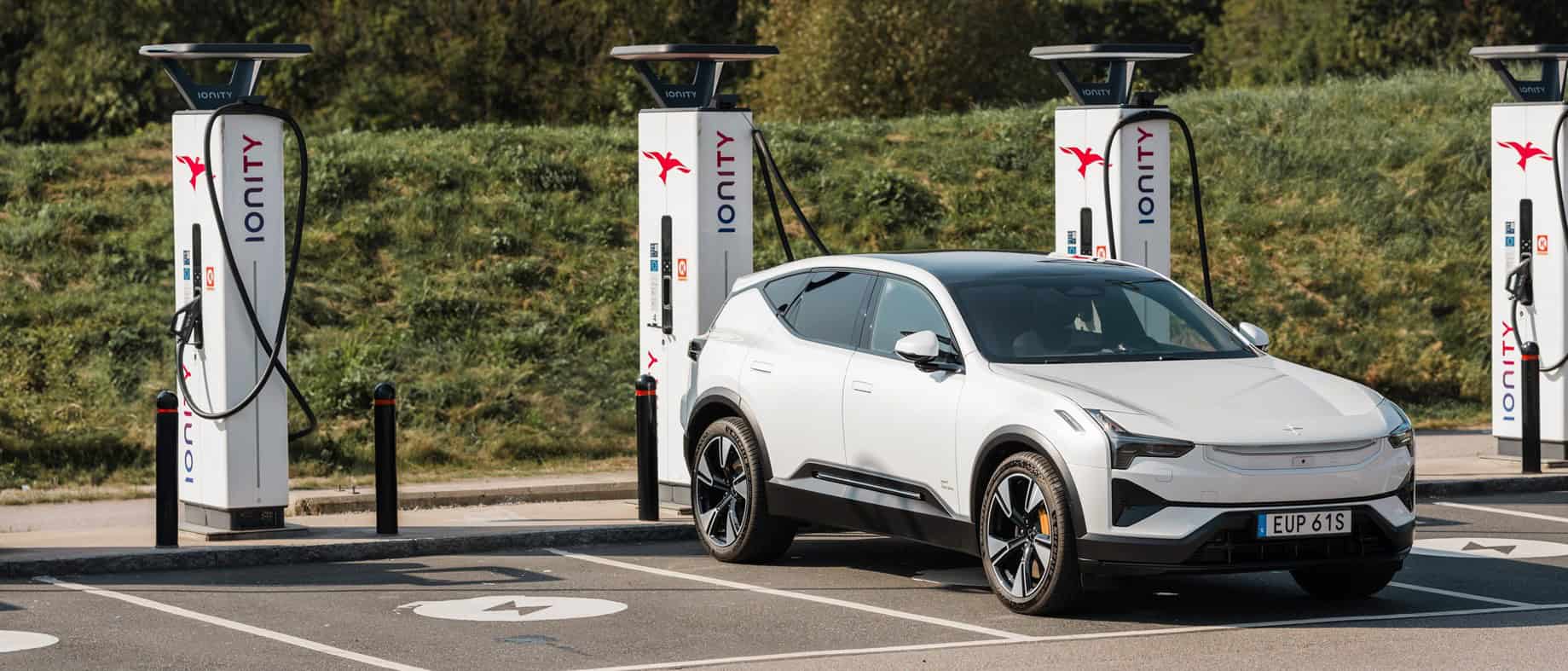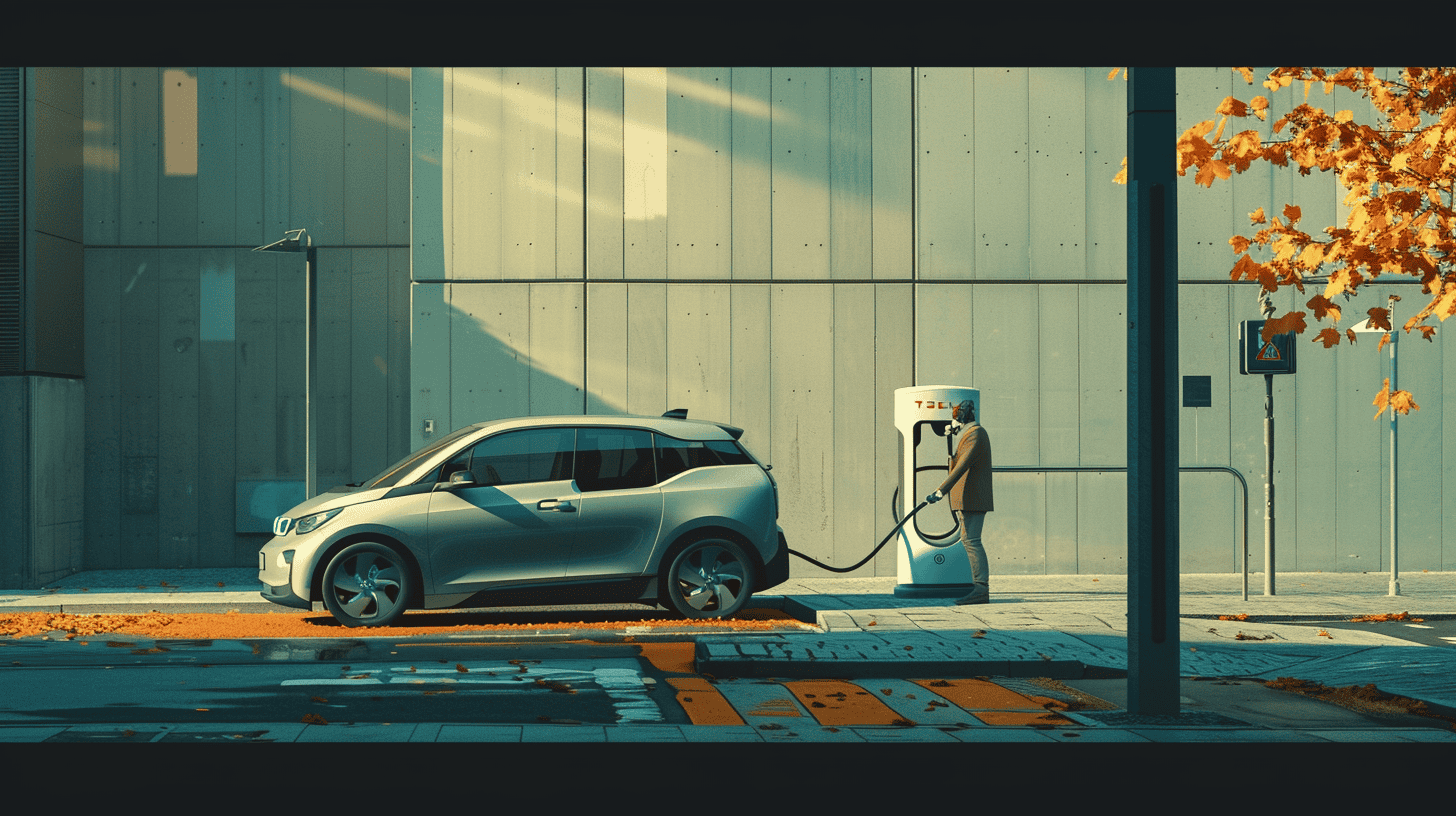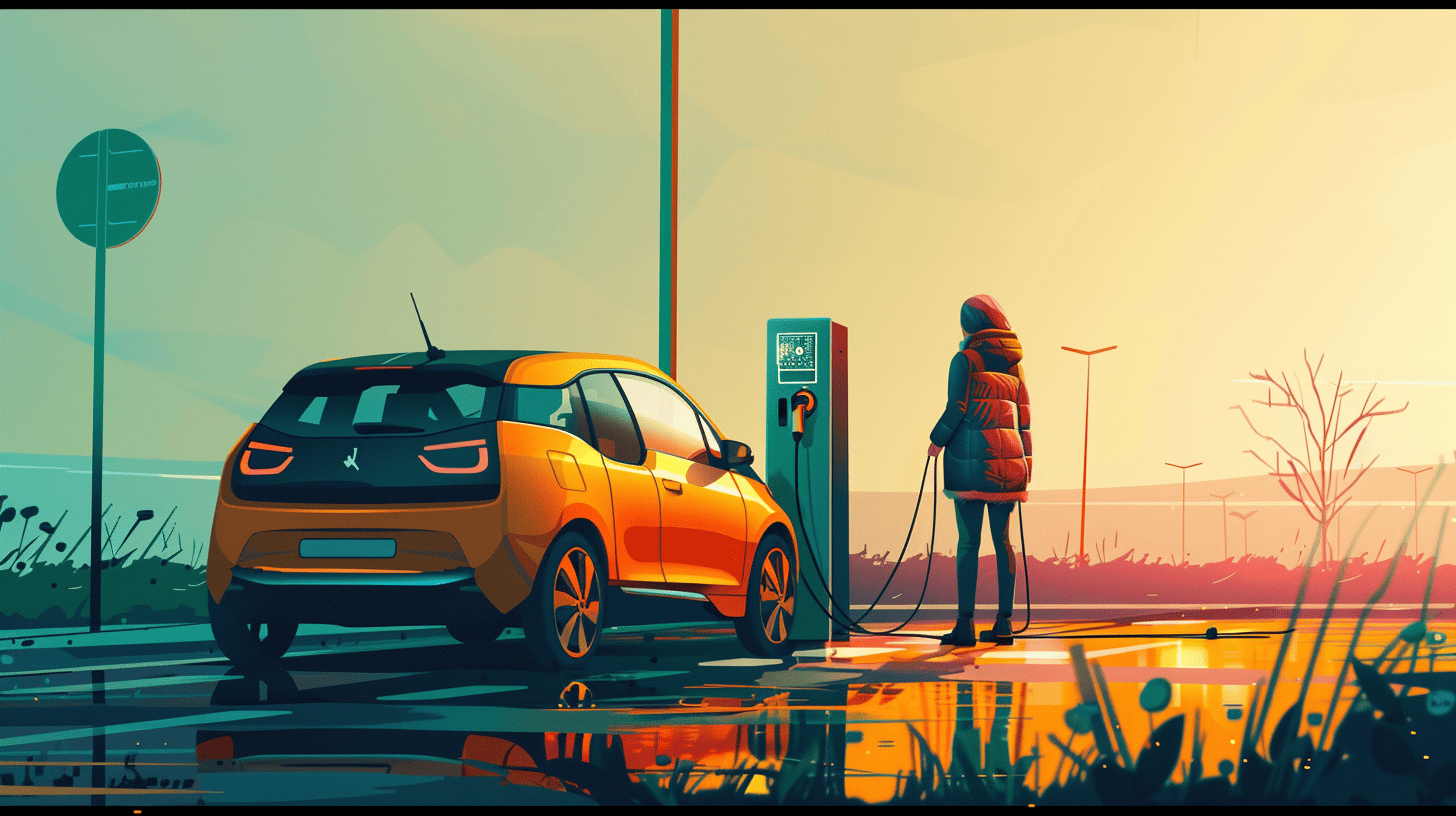
Of the 9.4 million passenger cars registered in our country at the beginning of 2024, more than 1.3 million are now equipped with a fully electric or hybrid drive system. With this, nearly 14 percent of the fleet is partially or fully electrified. With this, nearly 14 percent of the fleet is partially or fully electrified. This share is more than a factor of four higher than five years ago. This is according to new research by the RAI Association and BOVAG.
Especially in the last few years, electric driving has experienced a growth spurt. In 2023, 113,961 new all-electric cars were purchased, a plus of 56 percent compared with the previous year. At the same time, demand for hybrid models grew 22 percent to 137,063 vehicles. As a result, more than two-thirds (68%) of all newly registered cars are electric to a greater or lesser extent.
CO2 emissions continue to fall
This development has positive effects on CO2 emissions. At the European level, the Netherlands can count itself among the frontrunners in this respect. After Sweden, Finland, and Denmark, the Netherlands is among the EU member states with the lowest average CO2 emissions per new car sold, namely: 74.2 g/km.
Automatic shifting the norm
Notably, the Dutch are embracing automatic transmission in increasing numbers. This is not surprising, since the modern automatic transmission offers great ease of use, is more comfortable, and often even more economical than a manual transmission. Moreover, the rapidly emerging driver assistance systems (ADAS) often function better in combination with an automatic; think adaptive cruise control, for example. Last year, 70 percent of all new cars sold were equipped with an automatic or Continuously Variable Transmission (CVT).









